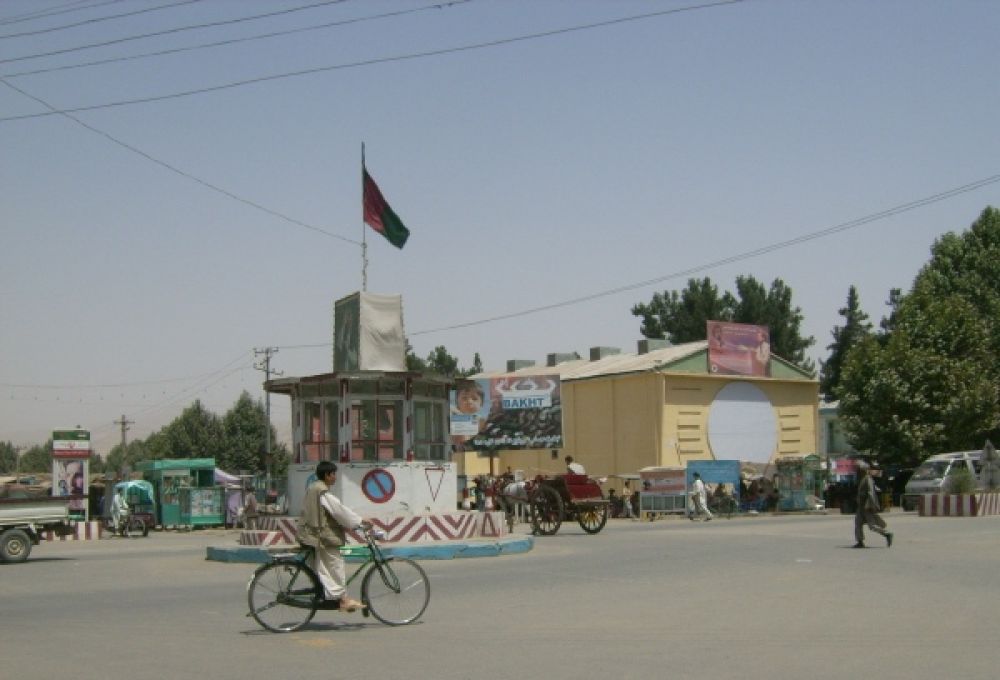

Taloqan City Park, situated in the heart of Taloqan, the capital of Takhar Province in Afghanistan, is not typically prominent in the annals of global tourism, but it holds a special place in the daily lives of the local population. The history of tourism in Taloqan, as in many other regions of Afghanistan, has been deeply influenced by the country's geopolitical circumstances.
Tourism in Afghanistan has seen periods of blossoming and decline due to various historical events. In the 1960s and 1970s, the country experienced a surge in international visitors who were attracted to its rich history, cultural tapestry, and natural beauty, including the charm of humble locales like Taloqan City Park.
However, subsequent decades saw instability due to political changes and conflict, leading to a sharp fall in tourist numbers. Despite these upheavals, Taloqan City Park remained a green sanctuary for the locals, serving as a place of community, relaxation, and recreation amid the turbulence.
Community Tourism: Recent approaches to tourism in Taloqan, and Afghanistan as a whole, have been more community-focused. Instead of large-scale tourism developments, there is an emphasis on promoting local experiences that support the community and preserve Afghan traditions and natural spaces, like the Taloqan City Park.
Nature and Heritage: There is a global trend towards nature and heritage tourism, which could potentially boost interest in regions like Takhar Province. Taloqan City Park, with its green spaces, can become a component of a larger network of attractions that are marketed to travelers with an interest in unspoiled natural environments and rich cultural heritages.
Sustainable Practices: With a growing consciousness about sustainable travel, future tourism development in Taloqan could focus on eco-friendly and sustainable practices, which would ensure that places such as the City Park are preserved for future generations.
Despite the challenges faced by the tourism sector in Afghanistan, Taloqan City Park remains a symbol of the enduring spirit of the Afghan people and their dedication to preserving spaces of natural beauty and communal engagement. Whether it develops into a tourism hotspot in the future or continues to serve as a very local retreat, the Park's appeal lies in its simplicity and its significance to those who visit it for solace and social interaction.